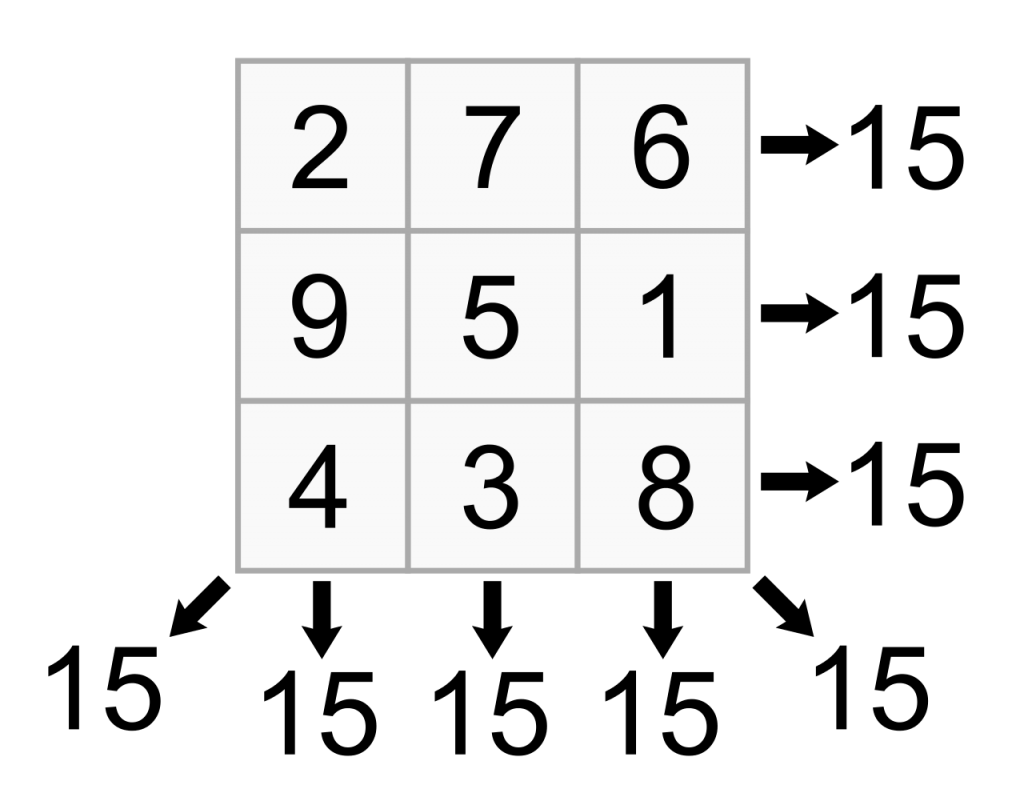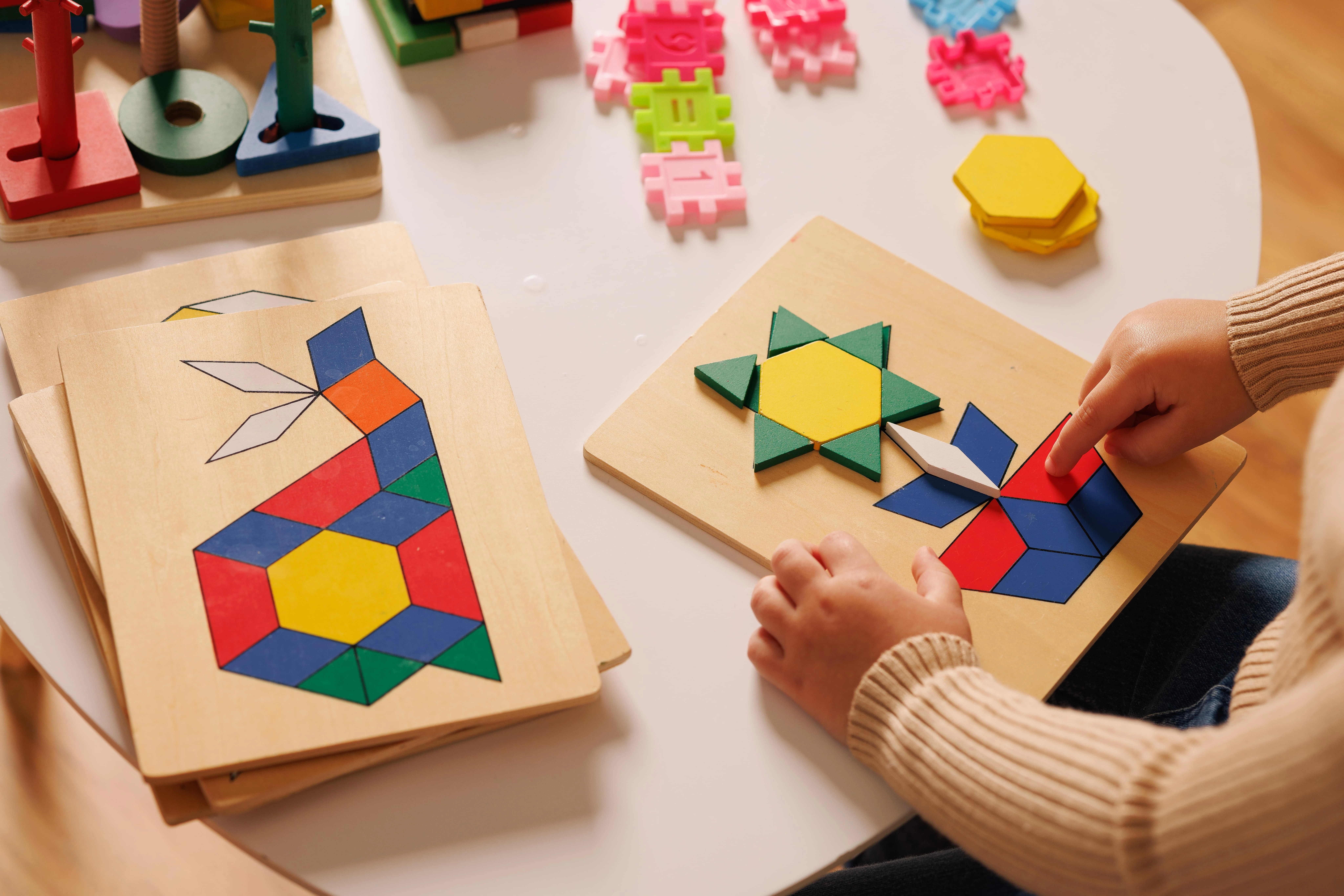7th Grade Math Lesson Plan with Template

The 2024-2025 school year is here!
When creating middle school math lesson plans and junior high school math lesson plans, it can feel daunting to plan out the whole year.
We wanted to help ease this burden by providing a free lesson plan example. This lesson plan is easy to adapt for your classroom. Keep reading for this sample lesson plan!
7th Grade Math Lesson Plan with Template

When planning the rest of the year, a great place to begin is by reviewing all of the standards that you need to teach throughout the year.
Here are the most common skills and concepts 7th grade math lesson plans need to cover:
Ratios and Proportional Relationships:
- Understand and analyze proportional relationships to solve real-world and mathematical problems involving ratios of fractions.
- Represent proportional relationships by equations and use proportional reasoning to solve multi-step ratio problems and percent problems, including those related to interest and tax.
The Number System:
- Extend understanding of operations with fractions to add, subtract, multiply, and divide rational numbers.
- Apply and understand properties of operations to perform arithmetic on integers and rational numbers, including negative numbers and multi-step problems.
Expressions and Equations:
- Use properties of operations to generate equivalent linear expressions.
- Solve linear equations and inequalities in one variable, and work with two-step equations and inequalities in the context of word problems.
Geometry:
- Draw, construct, and describe geometrical figures and understand the relationships between them.
- Solve problems involving the area of a circle, circumference of a circle, surface area and three-dimensional volume of two- and three-dimensional objects.
- Understand and apply the concepts of slicing three-dimensional solids and the properties of scale drawings.
Statistics and Probability:
- Use random sampling to draw inferences about a population and measure variability.
- Make informal comparative inferences about two populations by analyzing the measure of center and variability.
- Investigate chance processes and develop, use, and evaluate probability models to solve real-world and mathematical problems involving compound events.
- Analyze sample spaces using methods such as tree diagrams.
Free Sample Seventh Grade Lesson Plan

When creating a bunch of lesson plans, working off of an example can save you a lot of time and frustration.
This free sample math lesson plan will cover everything from learning objectives to activities to end goals.
If you need to make 7th grade math common core lesson plans, you may need to tweak this lesson plan slightly. This is simply a 7th grade math lesson plan example. Feel free to change it however you need!
Not a seventh grade math teacher? Check out our other math lesson plans!
- 1st Grade Math Lesson Plan
- 2nd Grade Math Lesson Plan
- 3rd Grade Math Lesson Plan
- 4th Grade Math Lesson Plan
- 5th Grade Math Lesson Plan
- 6th Grade Math Lesson Plan
- 8th Grade Math Lesson Plan
- Generic Math Lesson Plan (perfect for multi-grade classrooms!)
Let’s get started with the lesson plan!
7th Grade Math Lesson Plan: Solving Real-World and Mathematical Problems Involving Angle Measure, Area and Volume

Learning Objectives or Goals:
- Understand and apply the concepts of angle measurement, area and volume to solve real-world and mathematical problems.
- Develop problem-solving skills by engaging in hands-on activities and real-life scenarios.
- Enhance spatial reasoning and visualization abilities through practical application of geometric principles.
Teaching Strategies:
- Direct Instruction: Introduce key concepts and formulas related to angle measures, area and volume.
- Interactive Activities: Engage students with hands-on tasks and collaborative group work.
- Real-World Applications: Use practical examples and scenarios to illustrate the relevance of geometric concepts.
- Formative Assessment: Monitor understanding through questioning and quick checks during activities.
- Differentiation: Provide additional support or challenge as needed to ensure all students can access the material.
Materials Needed:
- Whiteboard and markers
- Rulers, protractors, and compasses
- Graph paper
- Geometric solids (e.g., cubes, cylinders, cones)
- Measuring tapes
- Worksheets with practice problems
- Computers or tablets with internet access (optional)
- Projector or smartboard
Specific Procedures and Activities:
- Introduction (10 minutes):
- Begin with a brief review of previous knowledge related to angles, area and volume.
- Present the learning objectives and explain how these concepts apply to real-world situations.
- Direct Instruction (15 minutes):
- Explain angle measures and how to use a protractor. Demonstrate with a few examples.
- Introduce formulas for area (e.g., triangles, rectangles, circles) and volume (e.g., cubes, rectangular prisms, cylinders).
- Show how to apply these formulas through worked examples.
- Interactive Activity 1: Angle Hunt (15 minutes):
- Students work in pairs to find and measure various angles around the classroom using protractors.
- Record the angles found and classify them (acute, right, obtuse).
- Interactive Activity 2: Area Calculation (20 minutes):
- Distribute graph paper and assign different shapes for students to calculate the area.
- Students draw the shapes, measure the necessary dimensions, and compute the area using appropriate formulas.
- Encourage students to compare their answers with peers and discuss any discrepancies.
- Interactive Activity 3: Volume Exploration (25 minutes):
- Provide geometric solids to each group. Have students measure dimensions and calculate the volume of each solid.
- Discuss how to handle irregular shapes and how to approximate their volume.
- If available, use an online simulation tool to visualize and manipulate 3D shapes.
- Real-World Application: Classroom Renovation Project (30 minutes):
- Assign a project where students design a new layout for the classroom, considering area and volume.
- Students will calculate the area of the floor and the volume of furniture items to ensure everything fits properly.
- Present designs to the class and explain their calculations and reasoning.
- Closure (10 minutes):
- Recap the key concepts covered in the lesson.
- Highlight the importance of accurate measurements and calculations in real-life contexts.
- Assign homework that includes practice problems on angle measurement, area and volume.
Assessment:
- Formative Assessment: Observations during activities, questioning and discussion participation.
- Summative Assessment: Graded worksheet and project presentation, focusing on the accuracy of calculations and understanding of concepts.
- Homework: Completion and correctness of assigned problems.
Goals for the End of the Lesson or Unit:
- Mastery of Concepts: Students should demonstrate proficiency in measuring angles, calculating area, and finding the volume of various shapes.
- Application Skills: Ability to apply geometric principles to solve real-world problems.
- Confidence and Engagement: Increased confidence in using math to tackle everyday challenges and enhanced engagement with the subject matter.


Improve Grade 7 Student Math Performance with Prodigy

Prodigy Math is a fun, online math game that can be used in 1st grade through 8th.
While many programs have been outgrown by 7th grade, Prodigy is still fun and challenging at higher grades.
Combining interactive gameplay with educational content, Prodigy Math offers a unique blend of adventure and learning that captivates students and helps improve their math skills.
Smart, adaptive software is hard at work while students play, adjusting the game to work more on trouble areas or provide new challenges after mastering skills.
It’s easy to see where each of your students is at from the teacher dashboard. You can even assign special tasks to each student or the entire classroom if there are specific skills that you want worked on.











